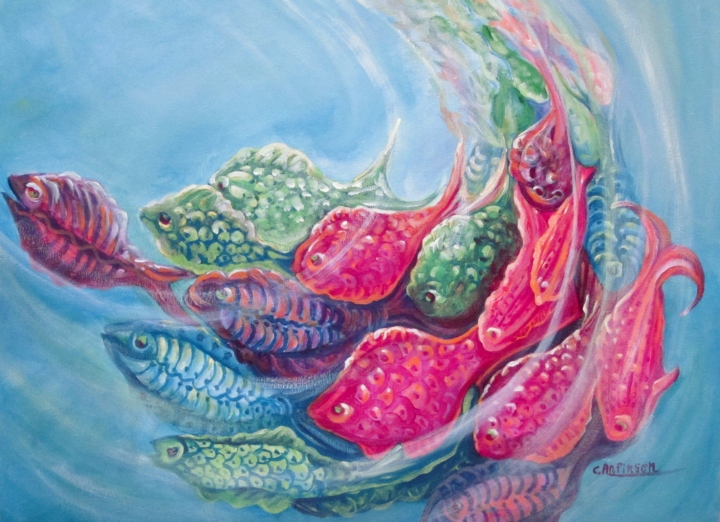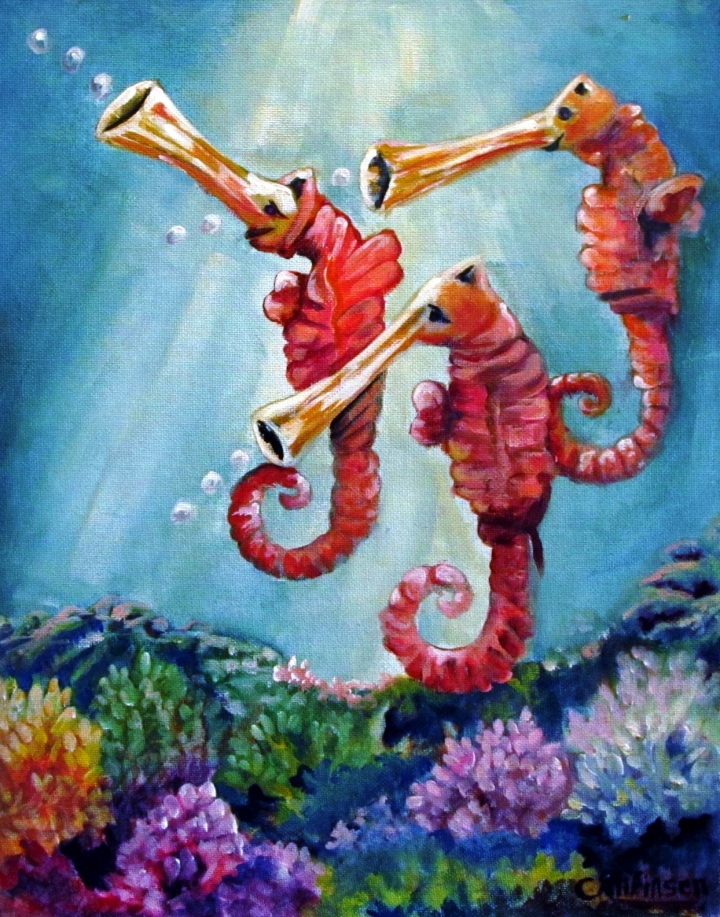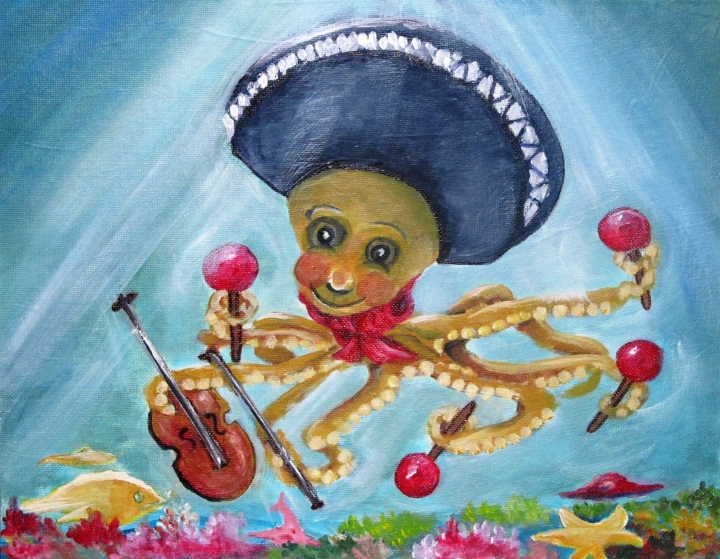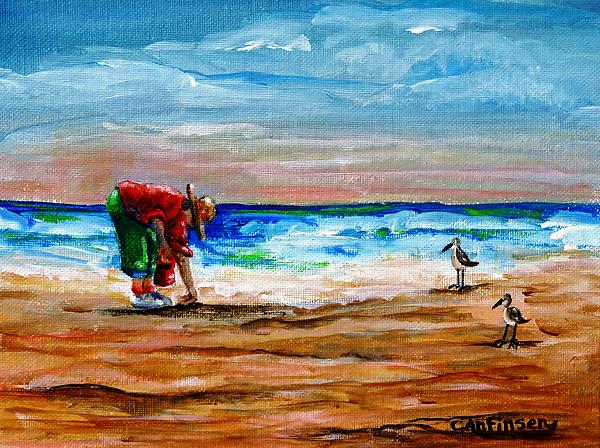What is coarse, toxic, sweeps up marine life in its wake and kills? If you guessed a broom, we’re done here. If you answered pollution, you’re close. If you said red tides, you’re dead on. Never heard of this menacing algae? Let me introduce you.
Every summer at the height of tourist season, a tangle of brownish algae and dead fish cascades onto the Gulf Coast’s pristine beaches; the stink is overwhelming. My mother used to say “That’s enough to gag a maggot.” What makes these algae such a menace? They produce one of the deadliest toxins known to man.
These harmful algal blooms or HABS wreak havoc on local fishing industries to the tune of $82 million each year. The toxins effect the central nervous system of fish, killing them in vast numbers; limiting the quantities of fresh fish that fisheries depend on. Toxins also may poison shellfish like clams, oysters, and mussels, and make the humans who eat them sick.
The red tide masses effect marine ecosystems in a number of ways. Dense blooms can block sunlight that benefit good algae and sea grasses needed for food. Wildlife and marine mammals like seabirds, manatees, turtles and dolphins may get sick or even die. Humans may suffer severe respiratory or skin ailments. In addition to that, red tides are downright unsightly.
My first reaction to walking on the beach after a red tide wash up was repulsion. Hundreds of stinky dead fish trapped in strange-looking seaweed covered the white sand driving me and many other tourists back to our hotels. Like them, I wanted to know what this stuff was, what it did, and how we could stop it.
Red tides are composed of microscopic algae known as dinoflagellates; their scientific name: karenia brevis. The algal cells are asexual. They produce simply by dividing. To complicate matters, each cell is capable of movement via two flagella that propels them through the water. There is no brainwork involved in this confluence or joining of forces. They drift with the water’s ebb and flow, bumping together to form large clumps or “blooms” as their numbers increase.
What makes dinoflagellates different from other microscopic algae? At least two things: their rapid growth and their toxicity both of which raise more questions than answers. Why do these organisms suddenly explode into a massive growing binge? What triggers this growth and why does it produce toxins in some algae and not in others?
Biologists and scientists believe pollution of our waterways may be the leading factor. Pesticides, fertilizers and chemicals are washed into surrounding rivers and lakes and eventually find their way into the sea. At the mouth of these inlets and tributaries, red tides get their first burst of growth which certainly points to pollution as the cause.
But there’s a catch: red tides are not a new phenomenon. Fish kills from deadly algae were recorded in 1840 and as long ago as the Spanish explorers who wrote about them in their logs. After years of red tides research, there is still no conclusive evidence or link to pollution. Like many quirks of nature, the trigger may be from natural causes or a series of events that are little understood.
The Fish and Wildlife Research Institute (FWRI) in Florida conducts Red Tide Reports on a regular basis during critical growing periods. Using satellite imagery, high levels of chlorophyll are monitored for possible resurgence of red tides. With the help of modern technology, experts record the size, rate of growth, and location of these HABS.
FWRI works in partnership with the National Oceanic and Atmospheric Administration (NOAA) under the supervision of the U.S. Department of Commerce. NOAA’s goal is to “provide the tools to prevent, control, or mitigate the occurrence of HABS.” Because red algae can be found in almost any waterway, research labs are positioned worldwide.
If you would like information about red tides in your own locale, go to noaa.gov.
What is the missing component that explains why red tides grow faster and wilder during certain times of the year? Is pollution the cause as some suggest? Or is it increased water temperature that naturally encourages the growth of most algae? Until the mystery is solved, Gulf residents and vacationers around the globe must continue to endure the irritation, the blight and the stink of red tides.








